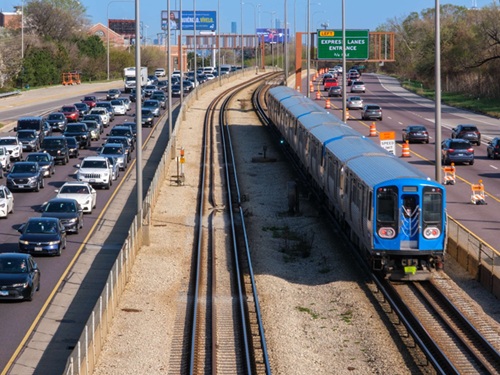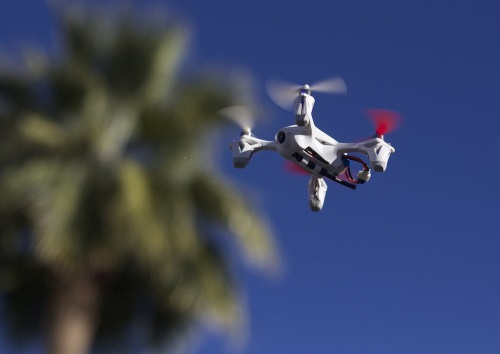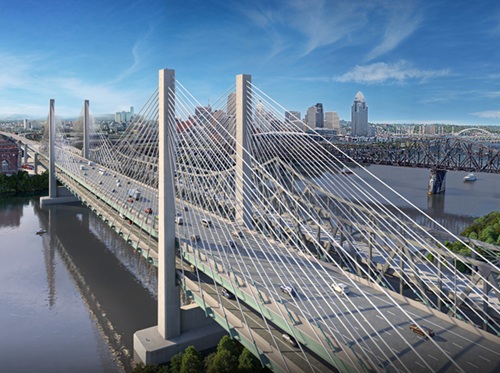A “convergence” of several “transformative technologies” are expected to impact U.S. society and the transportation industry as well in 2019, according to a new whitepaper published by research firm IHS Markit on Jan. 3.
[Above photo by Andrew Turner]
Entitled “The Top Trends of 2019: Powered by Transformative Technology,” the whitepaper suggests that video technology, advances in 5G communication systems, and artificial intelligence or AI are expected to have a “major effect” on both commercial and consumer markets in the coming year.

The speed of development in AI in particular is changing several industries, including consumer electronics, healthcare, industrial, and automotive. By 2025, for example, IHS Markit said that more than 170 million AI systems are expected to be implemented in the automotive industry alone.
On top of that, the firm said the development of new algorithms and methods via AI – all fueled by advances in “big data” – are expected to enhance efficiency and problem-solving capabilities in several industry sectors, including transportation.
Jim Tymon, the new executive director of the American Association of State Highway and Transportation Officials, noted in a conference call with reporters on Jan. 8 that improvements in technology is one of the driving factors behind a shift in perception regarding state departments of transportation from “highway departments” to “multimodal entities” that focus on the “mobility” needs of people and goods.

“We are seeing new disruptive technologies being deployed at breakneck speed – from driverless vehicles to exciting new construction techniques and materials – and as transportation preferences change, state DOTs need the resources to continue to revolutionize how they build, operate, and maintain the nation’s surface transportation network,” Tymon explained during the call.
He added that this is a “timely topic” given the fact that the annual Consumer Electronics Show going on in Las Vegas this week highlights various technologies state DOTs are starting to deploy more broadly in order to better operate and maintain the transportation systems under their care, such as drones.
 Nation
Nation


